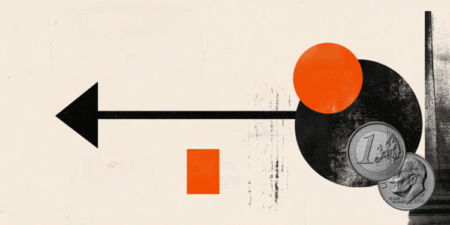The USD/JPY pair trades in positive territory near 152.05 during the early Asian session on Monday. The pair recovers some lost ground after facing some selling pressure in the previous session as US President Donald Trump threatened to hike tariffs against China. Traders will keep an eye on the release of China’s Trade Balance data, which is due later on Monday.
China warned the United States (US) that it will retaliate if Trump fails to back down on his threat to impose 100% tariffs on Chinese imports, raising fears of how the trade war will impact the US economy. These remarks came after Trump announced on Friday that he would impose new 100% tariffs on China’s exports to the US.
The escalating trade tensions between the world’s two largest economies, along with the ongoing US government shutdown, could weigh on the Greenback against the JPY in the near term. Traders will closely monitor signs of when the US federal government will reopen and release data that will shape Federal Reserve (Fed) policy.
On the other hand, concerns that the Bank of Japan (BoJ) may not hike interest rates this year after Sanae Takaichi’s surprise victory to lead the ruling party could weigh on the JPY and help limit the pair’s losses. Takaichi’s win fueled speculations about more expansionary fiscal policy.
However, some foreign exchange intervention cannot be ruled out after Japanese Finance Minister Katsunobu Kato said on Friday that the Japanese government was concerned about excessive volatility in the FX market.
Japanese Yen FAQs
The Japanese Yen (JPY) is one of the world’s most traded currencies. Its value is broadly determined by the performance of the Japanese economy, but more specifically by the Bank of Japan’s policy, the differential between Japanese and US bond yields, or risk sentiment among traders, among other factors.
One of the Bank of Japan’s mandates is currency control, so its moves are key for the Yen. The BoJ has directly intervened in currency markets sometimes, generally to lower the value of the Yen, although it refrains from doing it often due to political concerns of its main trading partners. The BoJ ultra-loose monetary policy between 2013 and 2024 caused the Yen to depreciate against its main currency peers due to an increasing policy divergence between the Bank of Japan and other main central banks. More recently, the gradually unwinding of this ultra-loose policy has given some support to the Yen.
Over the last decade, the BoJ’s stance of sticking to ultra-loose monetary policy has led to a widening policy divergence with other central banks, particularly with the US Federal Reserve. This supported a widening of the differential between the 10-year US and Japanese bonds, which favored the US Dollar against the Japanese Yen. The BoJ decision in 2024 to gradually abandon the ultra-loose policy, coupled with interest-rate cuts in other major central banks, is narrowing this differential.
The Japanese Yen is often seen as a safe-haven investment. This means that in times of market stress, investors are more likely to put their money in the Japanese currency due to its supposed reliability and stability. Turbulent times are likely to strengthen the Yen’s value against other currencies seen as more risky to invest in.
Read the full article here
















